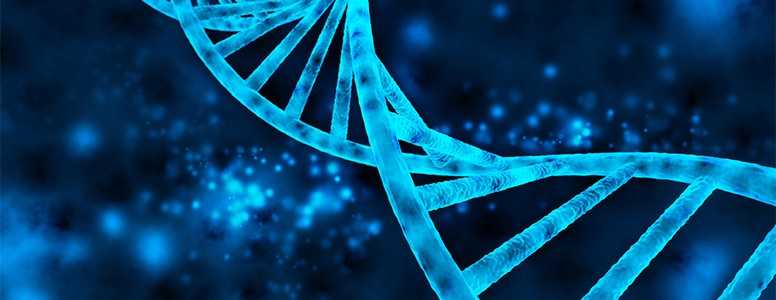Scientists believe that the diabetes type LADA may actually be a hybrid of type 1 diabetes and type 2 diabetes.
LADA is short for Latent Autoimmune Diabetes of Adulthood. It is commonly misdiagnosed as type 2 diabetes because type 2 is mostly diagnosed in adulthood.
Unlike with type 1 diabetes, people diagnosed with LADA do not initially require insulin treatment, and there has been uncertainty about how to classify the condition.
Now, the largest-ever genetic study into the condition has provided fascinating insights into LADA and its connections with both type 1 diabetes and type 2 diabetes.
The research involved authors from nine countries, and looked to build on a 2017 study of genetic influences in LADA that also played roles in the development of type 1 diabetes and type 2 diabetes.
In this larger analysis, they found that the strongest genetic signals were associated with type 1 diabetes, and signals were also linked with type 2 diabetes.
One gene in particular, PFKFB3, was of significance. This gene has roles in regulating both insulin and glucose signalling, and because the gene impacts metabolism as well as inflammation in autoimmune disease (an important feature of type 1), the gene could impact both type 1 and type 2.
“This finding points to how variants at PFKFB3 may help to drive LADA, [and] appears to sit at the intersection of both major types of diabetes,” said Diana L. Cousminer, PhD, a geneticist at Children’s Hospital of Philadelphia (CHOP).
Cousminer added that learning more about the underlying genetics and biology of LADA could potentially improve treatment options.
“The interaction of genes in LADA may modify the disease process by delaying the onset of more severe autoimmune diabetes into adulthood. If further research uncovers those mechanisms, we may be able to develop therapeutic methods to delay more severe disease,” she said.
The results have been published in Diabetes Care.
What's new on the forum? ⭐️
Get our free newsletters
Stay up to date with the latest news, research and breakthroughs.




